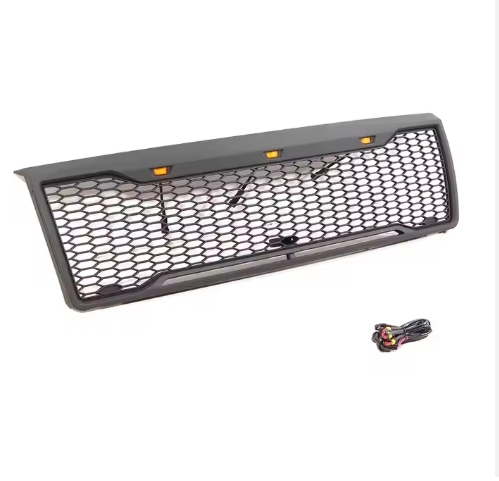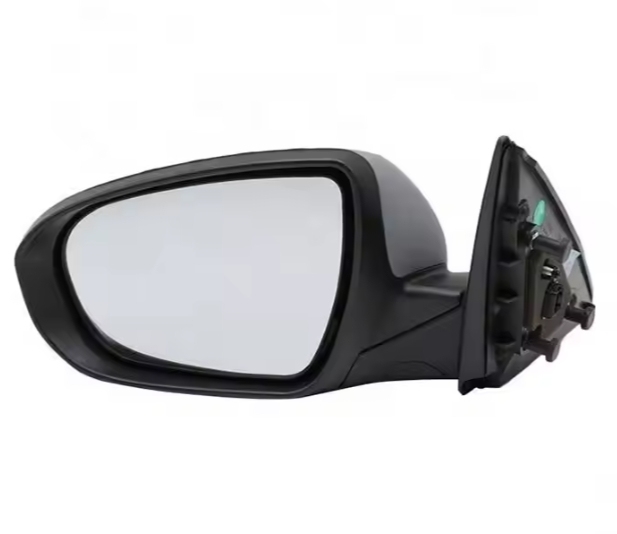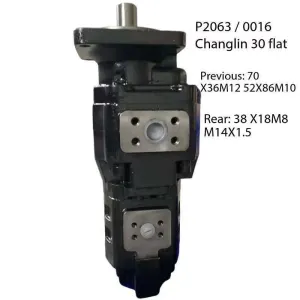The wiper is an important accessory installed on the windshield. Its function is to remove rain, snow and dust on the windshield that obstructs the view. Therefore, it plays an important role in driving safety.

Overview #
Wipers generally include vacuum wipers, electric wipers and wipers with electronic control units. The disadvantage of vacuum wipers is that the movement speed of the wiper blade is unstable. When the vacuum degree of the engine is reduced (for example, when the car is climbing a hill), the wiper blade will stop, blurring the driver’s vision. Vacuum wipers were phased out in 1972, replaced by electric wipers.
Structure #
The electric windshield wiper is driven by a motor and generally consists of a wiper arm, wiper blade assembly, rubber brush blade, brush blade support, brush blade holder, wiper arm spindle, wiper base plate, and motor , deceleration mechanism, drive rod system, drive rod hinge, wiper switch and wiper switch knob. Of course, wipers with a wiper ECU are also equipped with an electronic control unit ECU. The electric windshield wiper is driven by an electric motor. The left and right wiper blades of the wiper are pressed against the outer surface of the windshield glass by the wiper brush arms. The electric motor drives the reduction mechanism to rotate and makes reciprocating motion through the drive rod system. Drive the wiper arm and wiper blade to swing left and right to wipe the windshield.
Principle #
The electric motor on the electric wiper drives the output shaft through the worm gear on the armature shaft and drives the output gear through the idler gear and idler shaft. The output shaft then operates the output arm connected to the wiper linkage. When the motor rotates, the output arm and connecting rod are driven to move forward and backward.
A resistor located on the control switch is connected to the motor’s armature winding to control the speed of the motor. The driver can flip the switch as needed to cause current to flow into the motor’s input circuit.

 April 1, 2024
April 1, 2024 










